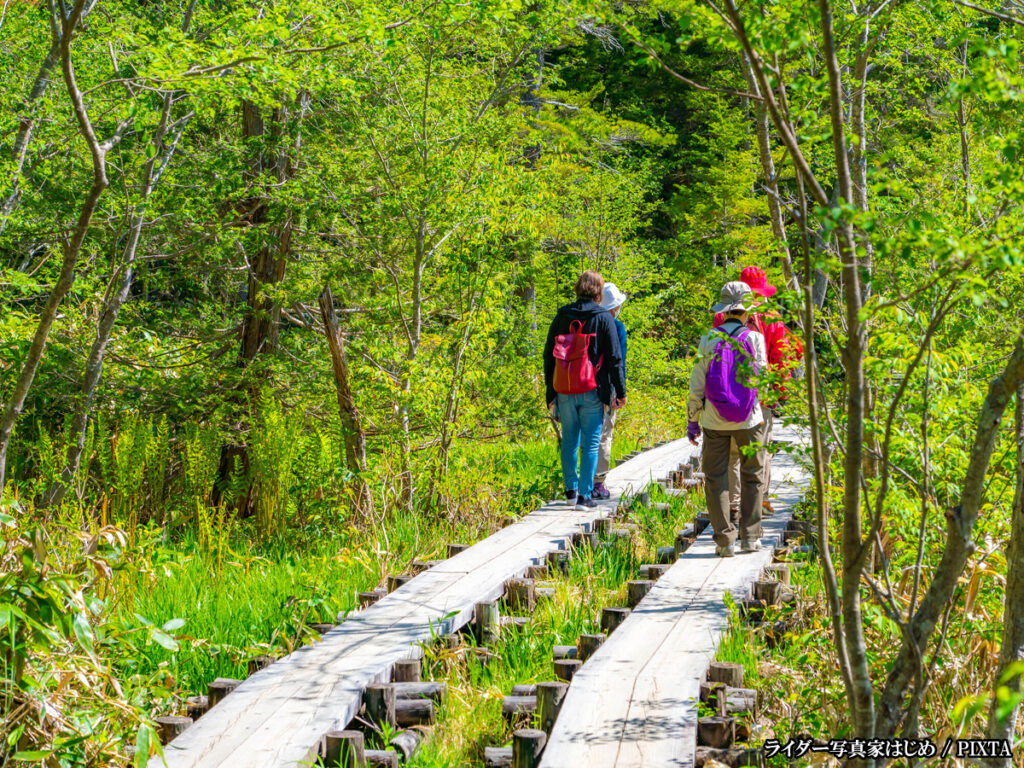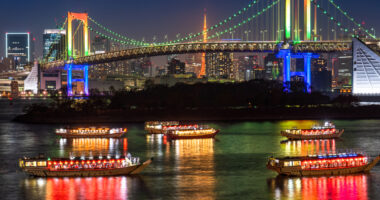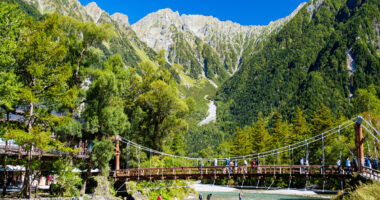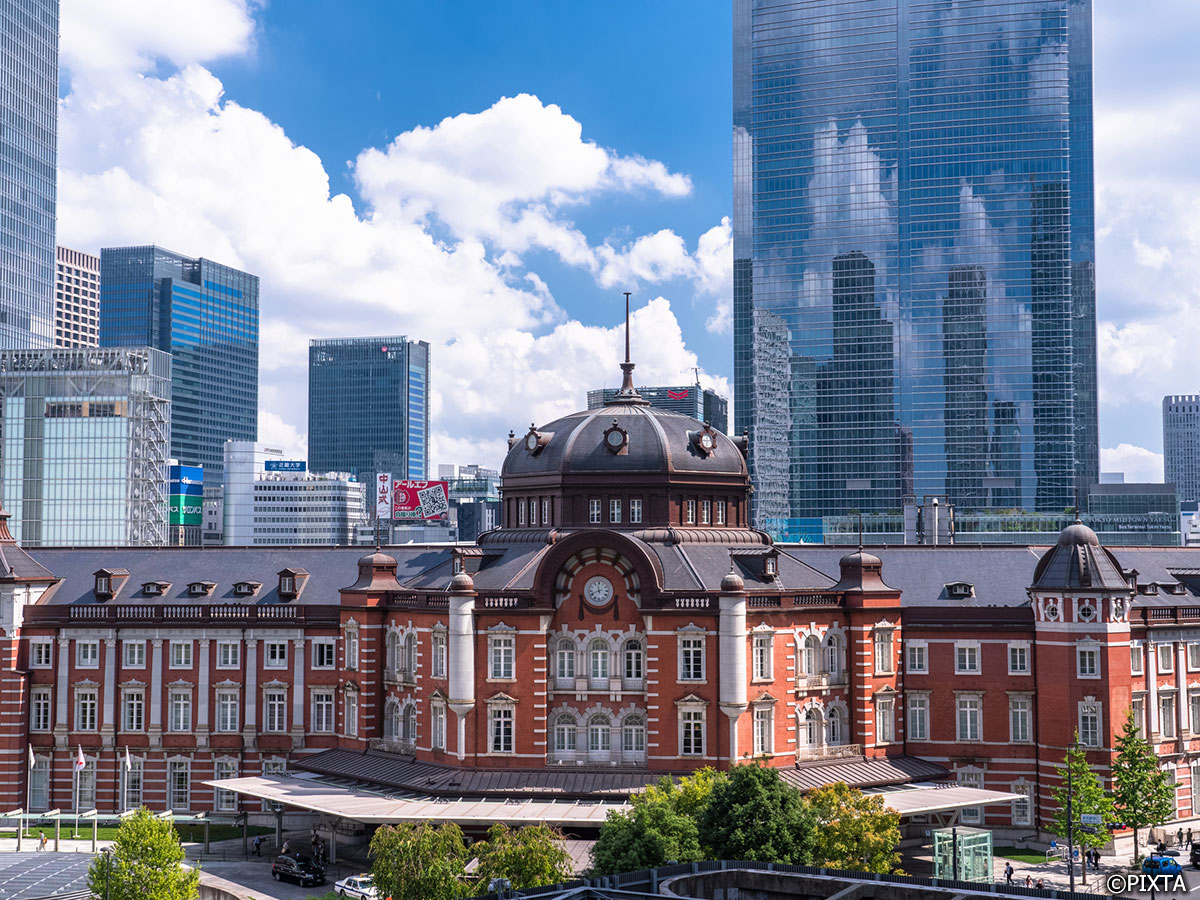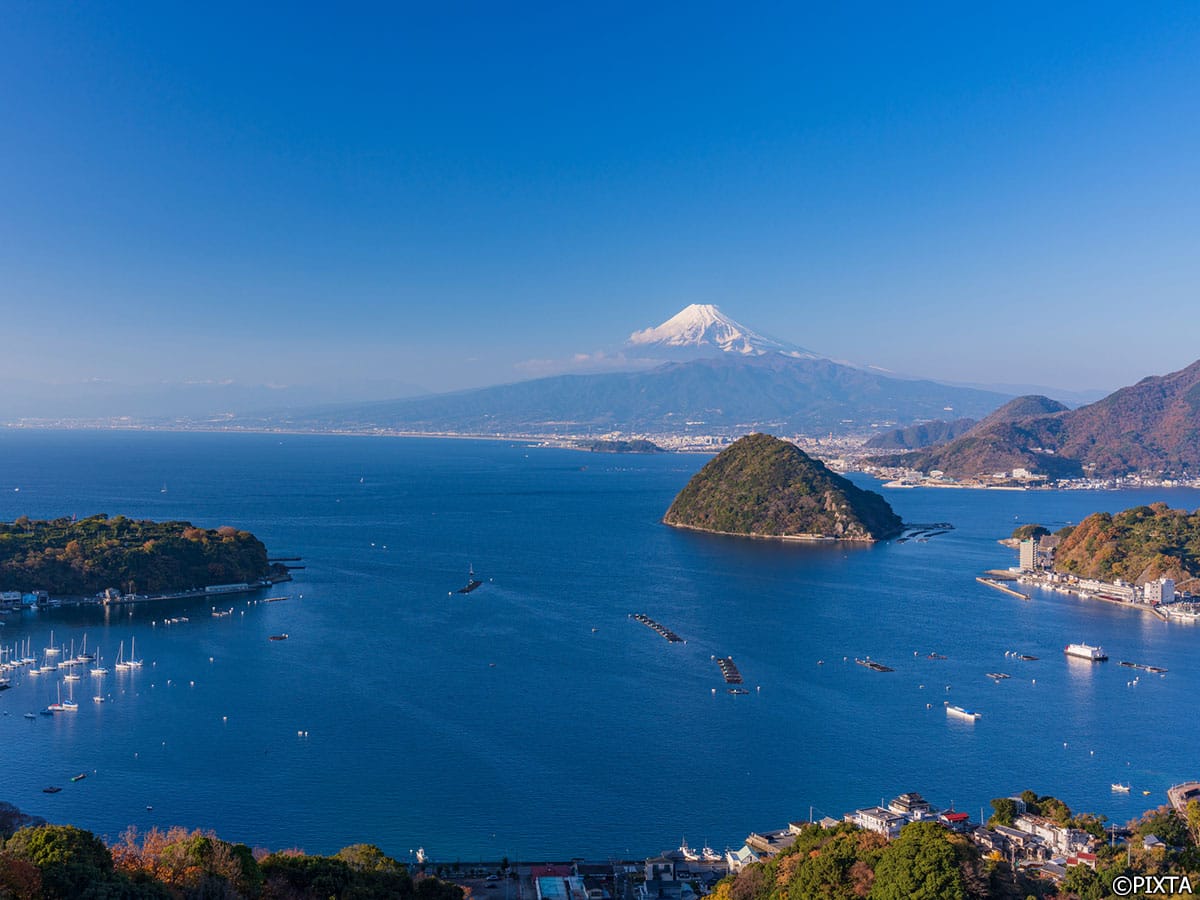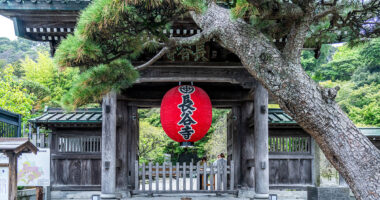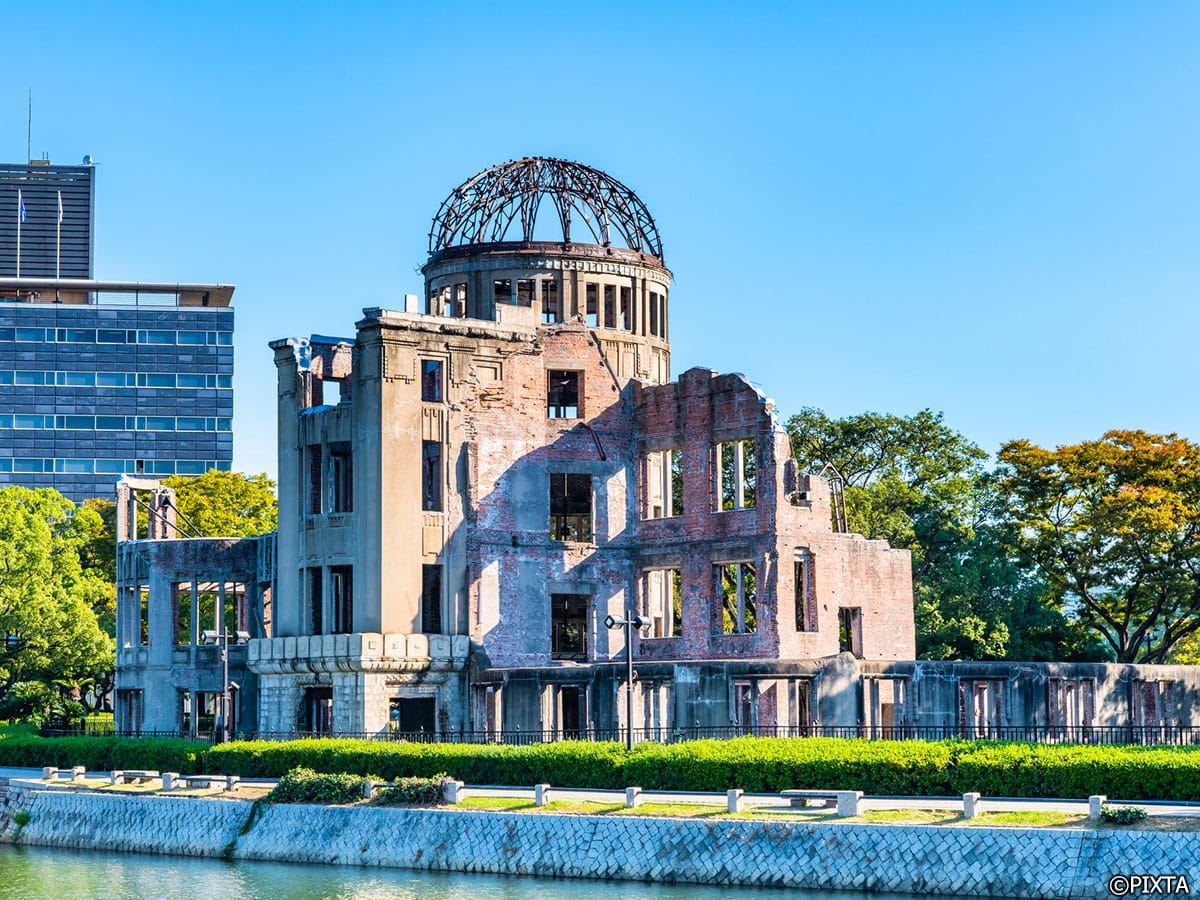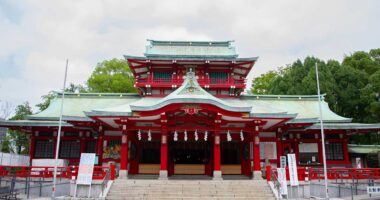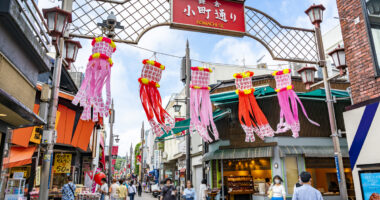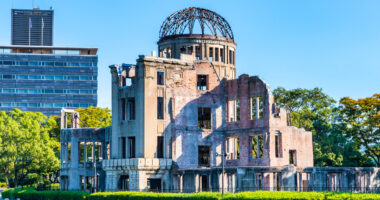Kamikōchi in the Japanese Alps is one of Japan’s most breathtaking natural destinations, attracting hikers of all skill levels with its pristine rivers, lush forests, and towering peaks. While seasoned trekkers may tackle the challenging alpine routes, beginners can also enjoy the beauty of Kamikochi hiking through its well-maintained, scenic trails. Whether you are looking for a leisurely walk by the river or a gentle hike through the wilderness, Kamikochi has something for everyone.
Among the many trails available, there are five beginner-friendly hiking courses that allow visitors to immerse themselves in Kamikochi’s stunning landscapes without requiring advanced trekking skills. These trails offer accessible routes, breathtaking scenery, and a chance to experience the serene beauty of Japan’s Northern Alps.
Exploring the beauty of Kamikochi at sunrise and sunset
One of the most magical ways to experience Kamikochi hiking is by witnessing the valley at sunrise or sunset. In the early morning, as the first light filters through the towering peaks of the Hotaka Mountain Range, a soft golden glow illuminates the misty Azusa River. Taishō Pond, in particular, is famous for its surreal morning reflections, where the still waters mirror the surrounding mountains and sky, creating a dreamlike scene.
Sunsets in Kamikochi are equally breathtaking. As the sun dips behind the mountains, the peaks turn shades of pink and orange, offering a spectacular sight for those hiking near Kappabashi (Kappa Bridge) or Myōjin-ike (Myōjin Pond). Since Kamikochi is a protected area with minimal artificial lighting, the night sky is also incredibly clear, making it an excellent place for stargazing. Spending extra time in the valley to enjoy these stunning natural displays can make any hiking experience even more memorable.
Kamikochi’s cultural and historical significance
Kamikochi is not just a breathtaking natural retreat but also holds deep cultural and spiritual importance in Japan. For centuries, this region has been revered as a sacred place, closely linked to Hotaka Shrine, a Shinto shrine dedicated to the guardian deity of the Northern Japanese Alps. Okumiya shrine, located near Myojin Pond, has long been a site of pilgrimage for both worshippers and mountaineers seeking protection before embarking on their journeys into the mountains.
During the late 19th and early 20th centuries, Kamikochi gained attention from international explorers, including British missionary Walter Weston, who played a key role in introducing modern mountaineering to Japan. His influence is celebrated every June with the Walter Weston Festival, an event that honors his contributions and the enduring spirit of alpinism in the region.
Even today, Kamikochi retains its spiritual aura, with visitors often describing a profound sense of peace as they walk through its pristine landscapes. Whether you visit for its natural beauty or historical connections, Kamikochi offers an experience that goes beyond just hiking; it is a place where nature and tradition intertwine.
Four hiking courses in Kamikochi
Kappa Bridge to Myojin Pond
One of the most popular beginner hiking trails in Kamikochi, the route from Kappa Bridge to Myojin Pond offers an easy and picturesque walk along the Azusa River. The well-maintained path makes this an ideal choice for first-time visitors, allowing them to take in the incredible views of the Hotaka Mountain Range reflected in the crystal-clear waters.
Along the way, hikers can stop at Hotaka Shrine Okumiya, adding a meaningful aspect to this peaceful walk. This trail is particularly beautiful during foliage season, when autumn colors transform the scenery into a breathtaking display of reds, yellows, and oranges. With a total distance of about three kilometers and a completion time of around 1.5 hours, this is one of the best introductory hikes in Kamikochi.
Taisho Pond to Kappa Bridge
For those who appreciate stunning landscapes and tranquil waters, the hike from Taisho Pond to Kappa Bridge is an excellent choice. The route is relatively short and easy to follow, making it a great option for beginners looking to experience Kamikochi’s natural beauty without a strenuous climb. Taisho Pond is famous for its glassy surface that perfectly reflects the towering Mt. Yakedake, an active volcano in the region. The surrounding marshlands and misty atmosphere in the early morning create an almost mystical ambiance. As hikers make their way toward Kappa Bridge, they will encounter various scenic viewpoints where they can pause and enjoy the peaceful sounds of nature. The entire trail covers approximately four kilometers and takes around 1.2 hours to complete, making it a great way to experience Kamikochi’s unique landscape.
Tashiro Bridge to Konashidaira Campground
For visitors looking for a more secluded and immersive experience, the trail from Tashiro Bridge to Konashidaira Campground offers a quiet retreat into nature. Unlike some of the more popular routes, this trail tends to be less crowded, allowing hikers to truly appreciate the serene environment. The path meanders through lush forests and offers spectacular river views, with occasional glimpses of native wildlife, such as Japanese macaques and small birds. The trail leads to Konashidaira Campground, a great place to rest and take in the surrounding beauty.
Yokoo Valley: a gateway to the Northern Alps
Although Yokoo Valley is often used as a starting point for advanced treks into the Northern Alps, the initial portion of the trail is beginner-friendly and offers spectacular scenery. The route follows the Azusa River, allowing hikers to enjoy breathtaking views of the Hotaka Mountain Range without needing to venture into challenging terrain.
As hikers make their way through the valley, they are surrounded by towering peaks and dense forests, creating an awe-inspiring backdrop. During the summer, wildflowers bloom along the trail, adding a vibrant touch to the already stunning landscape. It is an excellent choice for those who want to experience Kamikochi hiking with a sense of adventure while staying within a manageable difficulty level.
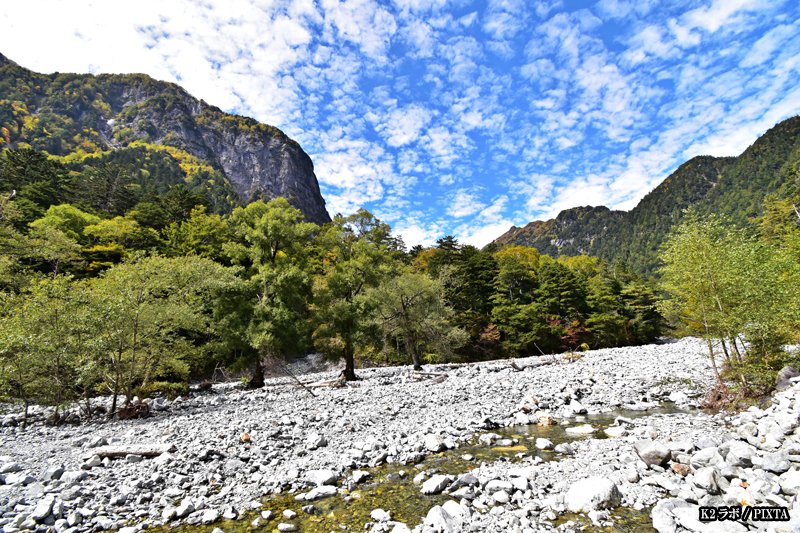
Photo for illustrative purposes
Best time to visit Kamikochi for hiking
Kamikochi offers breathtaking scenery year-round, with each season bringing its own unique charm. Depending on when you visit, the landscape transforms dramatically, providing a fresh experience every time.
Spring (April – June)
As Kamikochi reopens in mid-April after the winter closure, visitors are greeted with snow-covered peaks and fresh greenery emerging along the trails. The rivers and ponds reflect the lingering snow on the mountains, creating a stunning contrast of white and green. Spring is a great time for peaceful walks before the summer crowds arrive.
Summer (July – August)
Summer is the best season for hiking in Kamikochi, as temperatures remain mild compared to other parts of Japan. The lush greenery, crystal-clear rivers, and cool mountain air make it a refreshing retreat from the heat of the cities. This is also when alpine flowers bloom, adding colorful highlights to the landscape.
Foliage season (September – October)
Kamikochi is at its most vibrant in early autumn, when golden larches and fiery red maple trees transform the valley into a picturesque wonderland. The clear, blue skies and cool temperatures make this an ideal time for photography and hiking. Many visitors consider this the most beautiful season in Kamikochi.
Late autumn (November)
By mid-November, light snowfall begins in the higher elevations, and the landscape gradually transitions into winter. Fewer visitors come during this time, making it perfect for those seeking solitude. However, facilities begin to close, and by late November, Kamikochi is no longer accessible until the following spring.
Wildlife encounters on Kamikochi’s beginner trails
Kamikochi is home to a diverse range of wildlife, and hikers on even the easiest trails have a chance to encounter some of the region’s unique animals. One of the most commonly seen creatures is the Japanese macaque, which can often be spotted near the forested paths of Tashiro Bridge or Konashidaira. These playful monkeys roam freely, sometimes seen lounging on tree branches or curiously observing hikers from a distance.
Another fascinating animal that inhabits Kamikochi is the kamoshika, or Japanese serow. This goat-antelope hybrid is more elusive, but lucky hikers might catch a glimpse of one grazing quietly in the undergrowth. Birdwatchers will also appreciate Kamikochi’s rich avian population, including the Japanese wagtail, which often flits around the riverbanks and blends into the alpine landscape. While hiking in Kamikochi, it’s essential to respect the wildlife by observing from a distance and not feeding the animals. Keeping noise levels low and staying on designated trails also helps protect their natural habitat, ensuring that future visitors can continue to enjoy these wonderful encounters.
How to reach Kamikochi
Since Kamikochi access is restricted for private vehicles, visitors must use public transportation or taxis. Depending on where you are traveling from, there are different routes to reach this scenic destination.
From Tokyo
Travelers can take the JR Limited Express Azusa from Shinjuku to Matsumoto, which takes approximately 2.5 hours. From Matsumoto, transfer to the Matsumoto Dentetsu train bound for Shin-Shimashima Station (30 minutes). From there, a direct bus to Kamikochi takes about one hour.
From Osaka and Kyoto
The best route from Osaka or Kyoto is to take the Shinkansen to Nagoya, followed by the JR Limited Express Shinano to Matsumoto, which takes around two hours. After arriving in Matsumoto, travelers should follow the same Shin-Shimashima train and bus route to Kamikochi.
From Takayama
Visitors coming from Takayama can take a direct Nohi Bus (the Kamikochi Line) to Kamikochi, with a travel time of approximately two hours.
For more detailed transportation information, visit the Kamikochi Official Site.
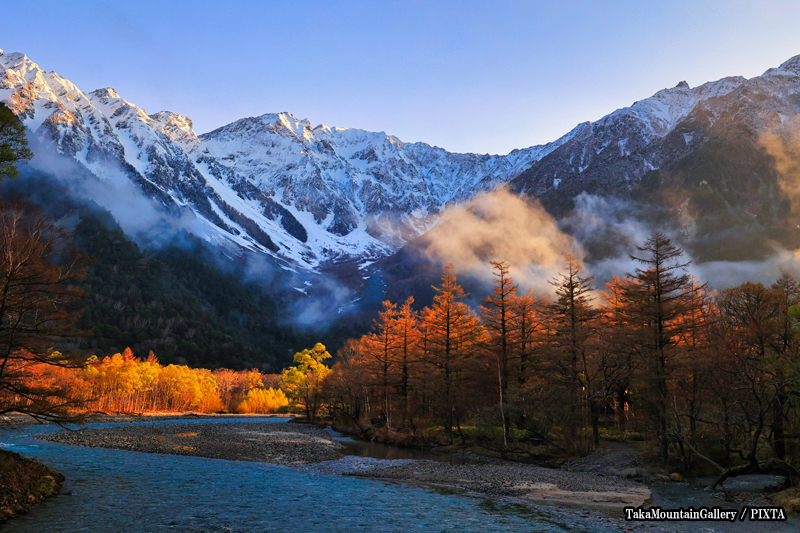
Photo for illustrative purposes
Final tips for your Kamikochi hike
Kamikochi’s protected status ensures that its stunning landscapes remain pristine, but visitors must follow strict conservation rules. Here are key things to keep in mind for a responsible and enjoyable visit.
No private vehicles allowed
To preserve the environment, Kamikochi restricts private car access. Visitors must use designated public transportation such as buses or taxis from nearby areas like Matsumoto or Takayama. This rule helps reduce pollution and protects the fragile ecosystem.
Carry cash for convenience
Many shops, lodges, and small eateries in Kamikochi do not accept credit cards and ATMs are limited in the area. It is best to carry enough cash for meals, souvenirs, and transportation.
Dress in layers for changing weather
Kamikochi’s temperatures can fluctuate throughout the day, even in summer. Mornings and evenings tend to be cooler, while midday can feel warm, especially when hiking. Wearing light, breathable layers ensures comfort and adaptability.
Respect wildlife and nature
Visitors should remain on marked trails to prevent erosion and avoid disturbing local flora and fauna. Feeding wildlife is strictly prohibited, as it disrupts natural behaviors and can be harmful to the animals. The principle of “leave no trace” applies—take all trash with you and leave nature undisturbed.
Final thoughts
Kamikochi offers an unforgettable hiking experience, even for beginners. With its stunning landscapes, well-maintained trails, and peaceful atmosphere, it is a perfect destination for anyone looking to explore Japan’s Northern Alps in a relaxed and accessible way. Whether visiting during the vibrant foliage season or the lush greenery of summer, Kamikochi’s breathtaking beauty will leave a lasting impression on all who explore its trails.
